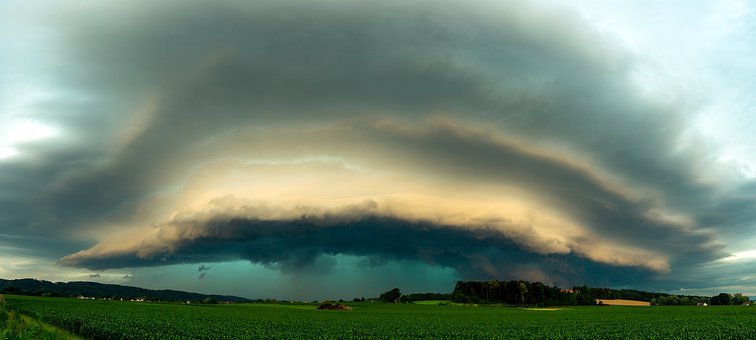By Himasutha
California, Sep 10: Scientists from Stanford University published a research paper that proposed a new way to predict deadly supercell storms. A supercell storm is a thunderstorm that can be severe and is also known as a rotating thunderstorm. These storms occur rarely, and when they occur, they can last for several hours. For these storms to occur, a rotating updraft is required. The research came over a week after the occurrence of a supercell thunderstorm in the United States.
Scientists discovered that using icy plumes as a signal, they can detect violent thunderstorms, hailstorms, or tornadoes. While most storms are formed in the troposphere, at times, they move into the stratosphere. After they move into the stratosphere, it appears to be mountains of clouds, and often these are linked to high storms, winds, and tornadoes. These mountains of clouds are called above-anvil cirrus plumes (AACPs). Scientists used various data such as lightning data, radar and severe storm warning to create a 3D picture of the AACPs. According to the model, like winds rush over the high mountains, the clouds in the stratosphere move over the shadows of high levels. Due to this powerful winds, and turbulent events called hydraulic jumps are generated.

